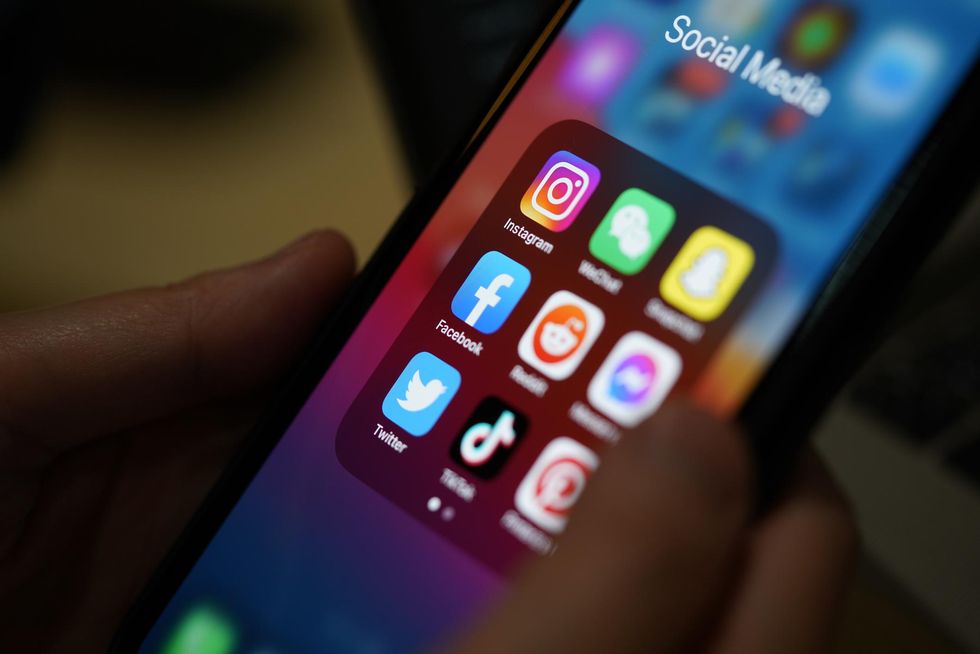Some argue that the distinguishing feature between who is considered Gen-Z or millennial is the side of the 2000s they were born. However, we’ve now reached a stage where a generation of social media users no longer know what MySpace or MSN Messenger is, or was.
Way before Instagram, Facebook and Twitter came in and took over the social sphere, there was the staple 2000s instant messenger, MSN. The now-extinct platform lived on for a healthy 22 years and was the go-to messaging service for practically everything.
Direct messages were out of the picture; there were no Snapchat exchanges, no BlackBerry Messenger – even texting was still in its infancy. The prime form of online communication was email. So when MSN Messenger came along, it completely revolutionised how we interacted.
Think Slack, but cooler.
Released in 1999, MSN only had the capability to host text-only conversations through a desktop computer, but this soon grew into a whole new world of interactivity. By early 2001, MSN Messenger had more than 29 million unique users worldwide, making it the most-used messenger in the world. The question on everyone’s lips was: “Will you be online tonight?”
Sign up to our free Indy100 weekly newsletter
They incorporated smileys (the OG emojis), webcam calls, audio clips, games in real-time and arguably, the best and most annoying feature of them all: the "nudge."
The shame of "double texting" wasn't a thing. In fact, it was quite the opposite: there was no shame.
If someone hadn't replied as quick as anticipated, you'd give them an infamous "nudge." It would send a highly irritating buzz sound and shake the chat window to get the other person's attention. If you wanted to go the extra mile, you'd repeatedly log in and out, so your crush would be notified of your online presence.
Equally, if the conversation turned awkward, you'd simply reply "brb" (be right back) and never return.
Good old days.
@_luke_tiktok90 Good old days #msn #nudges #emails #90s #remeberwhen
Later rebranded as Windows Live Messenger, Microsoft eventually started its beginning of the end. Bugs became apparent, security was consistently being questioned and they took out a lot of core functionality.
In October 2014, MSN Messenger officially died.
It was essentially the survival of the fittest, and MSN simply couldn’t handle the internet's quick turnaround of changes. They replaced the messenger with Skype after announcing its final closure.
The wave of smartphones and social media soon started taking over – which was bittersweet.

People no longer needed to be at home to communicate with friends through their (incredibly slow) dial-up internet. Instead, people could do it on the go with much more creative freedom, especially with apps such as Facebook.
MSN remains a symbol of the rapid evolution of the internet to this day. What once dominated the lives of millennials soon faced its fate against the fast turnaround of technology.
RIP MSN.
Have your say in our news democracy. Click the upvote icon at the top of the page to help raise this article through the indy100 rankings.














